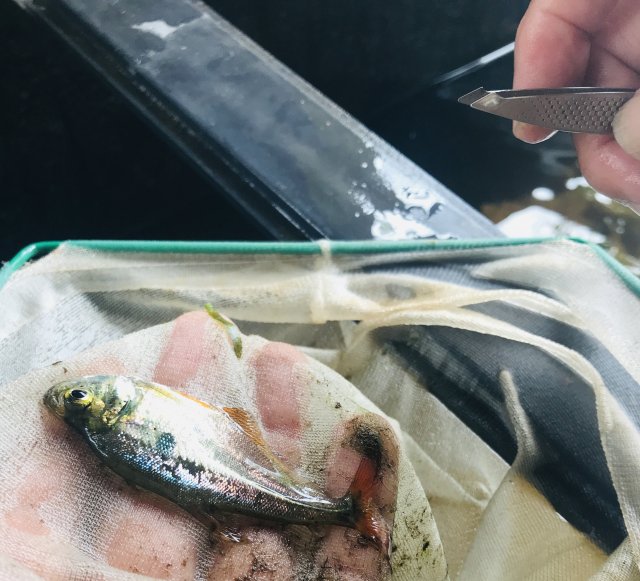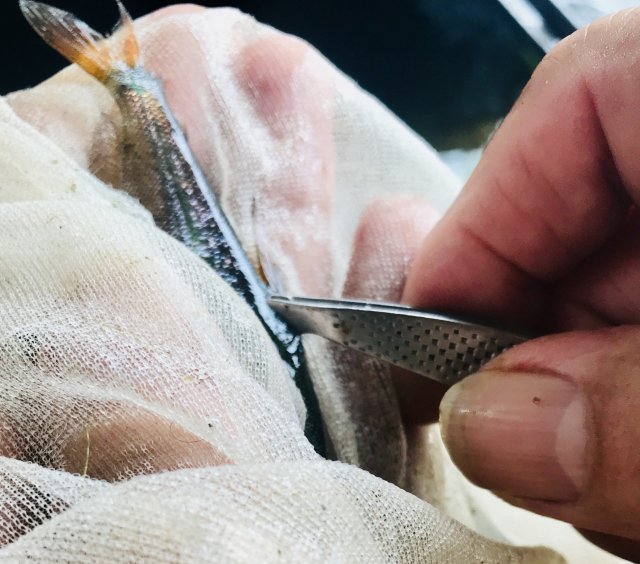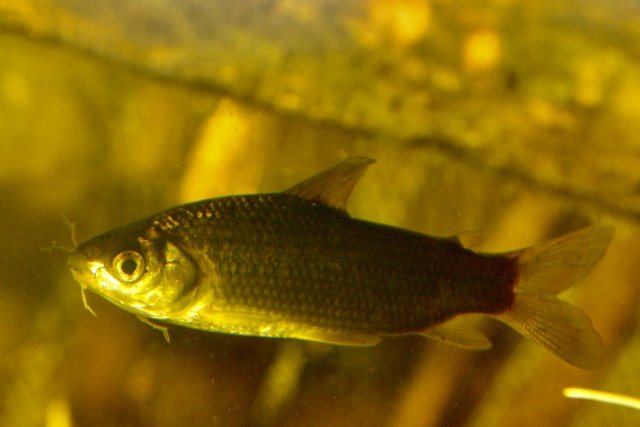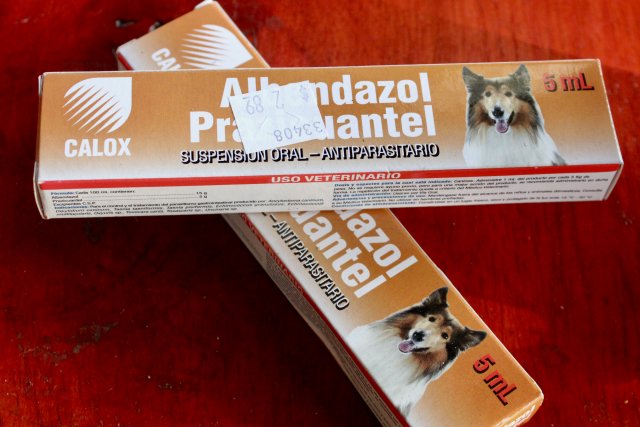- Have you tested your water?
- Yes
- If yes, what is your ammonia?
- 0
- If yes, what is your nitrite?
- 0
- If yes, what is your nitrate?
- undetectable
- If I did not test my water...
- ...I recognize that I will likely be asked to do a test, and that water tests are critical for solving freshwater health problems.
- Do you do water changes?
- Yes
- What percentage of water do you change?
- 91-100%
- How frequently do you change your water?
- Every week
- If I do not change my water...
- ...I recognize that I will likely be recommended to do a water change, and water changes are critical for preventing future freshwater health problems.
Because all my fish are wild caught, I find parasites are my most common bugaboo, especially on Cyprinids.
Lernaea cyprinacea is the most common phage I see here in Panama, but is also common world wide.
Tetras, barbs, minnows, goldfish are all potential hosts for this pesky little bug.
In nature 1 single parasite on a fish, may be "no big deal", but in the concentrated space of a tank these parasites get concentrated, and can continue to attach and can eventually kill.
I caught about a half dozen cyprinids last week (Cyphocharax magdalenea) and it took about a week for them to settle in enough(for me) to get close up pics of, to ascertain any hitchhiking vectors.
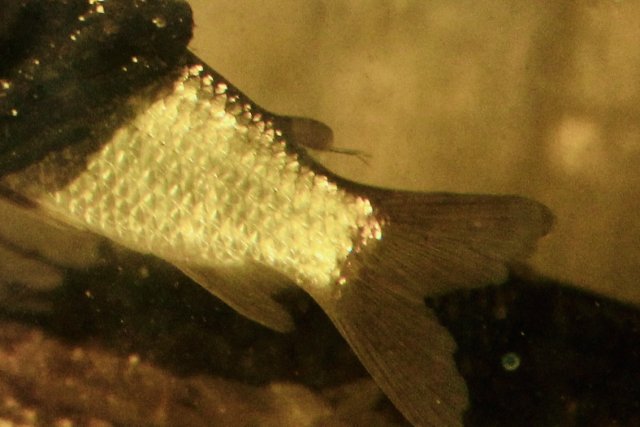
Above you can see a Lernaea hanging near the Adipose fin.
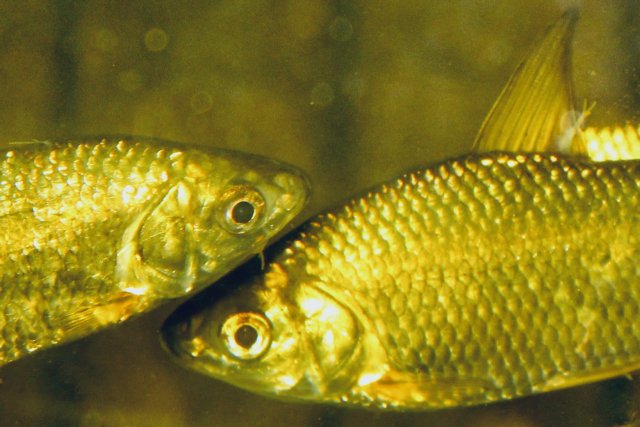
Above on the right, a Lernaea near the dorsal, and on the fish on the above left, below the eye.
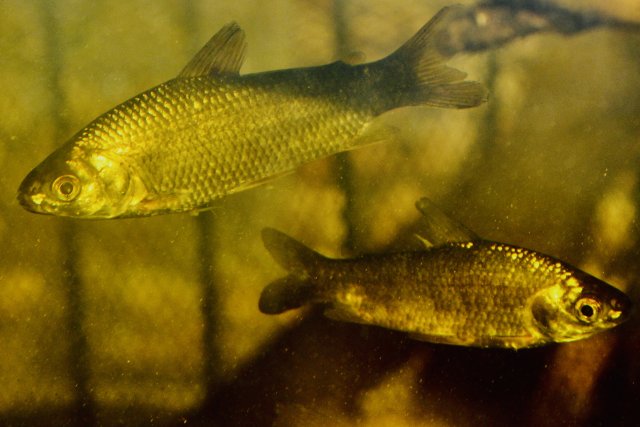
Above on the cyprinid on the right near the dorsal.
So I treated the entire tank with a Metrondozole suspension, but.....if the Lernaea persists, I will add Praziquantel.
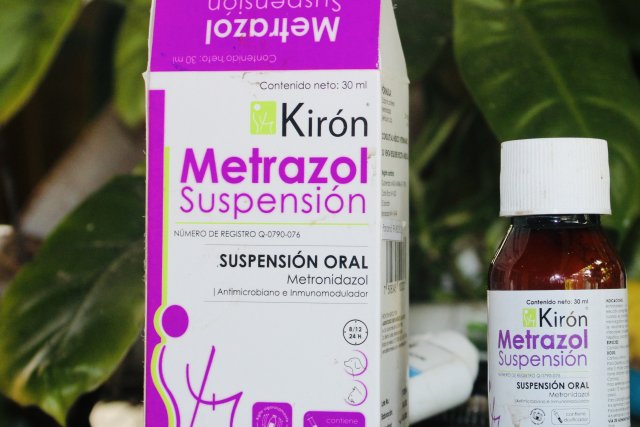
Beside wild caught collected fish, this parasite is very common on feeder fish like goldfish, and rosy red minnows, unless they are QT-eed and medicated
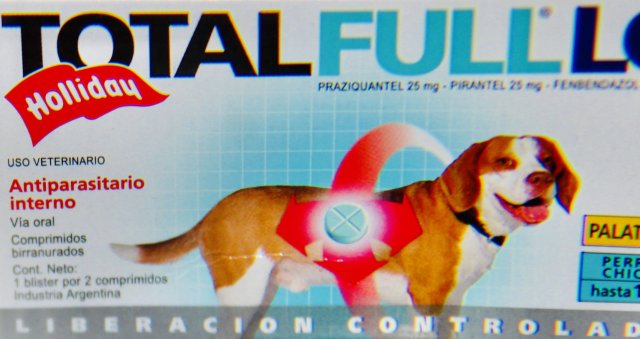
Found on a different species of Tetra (genus Roeboides) below
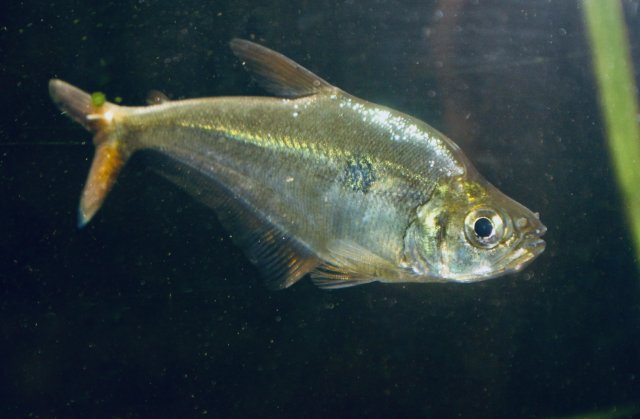
On the caudal above. Dorsal below.
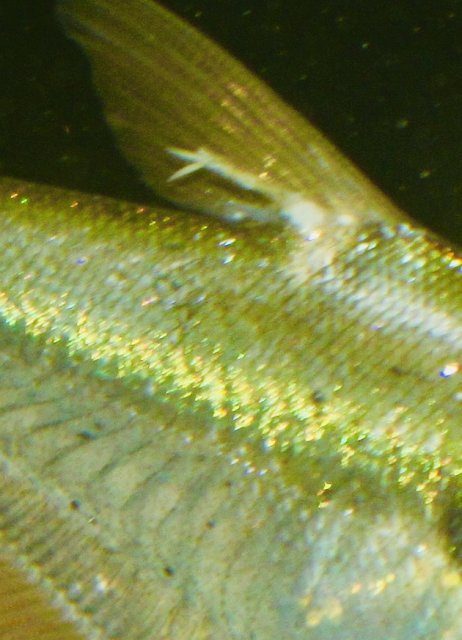
Lernaea cyprinacea is the most common phage I see here in Panama, but is also common world wide.
Tetras, barbs, minnows, goldfish are all potential hosts for this pesky little bug.
In nature 1 single parasite on a fish, may be "no big deal", but in the concentrated space of a tank these parasites get concentrated, and can continue to attach and can eventually kill.
I caught about a half dozen cyprinids last week (Cyphocharax magdalenea) and it took about a week for them to settle in enough(for me) to get close up pics of, to ascertain any hitchhiking vectors.

Above you can see a Lernaea hanging near the Adipose fin.

Above on the right, a Lernaea near the dorsal, and on the fish on the above left, below the eye.

Above on the cyprinid on the right near the dorsal.
So I treated the entire tank with a Metrondozole suspension, but.....if the Lernaea persists, I will add Praziquantel.

Beside wild caught collected fish, this parasite is very common on feeder fish like goldfish, and rosy red minnows, unless they are QT-eed and medicated

Found on a different species of Tetra (genus Roeboides) below

On the caudal above. Dorsal below.







